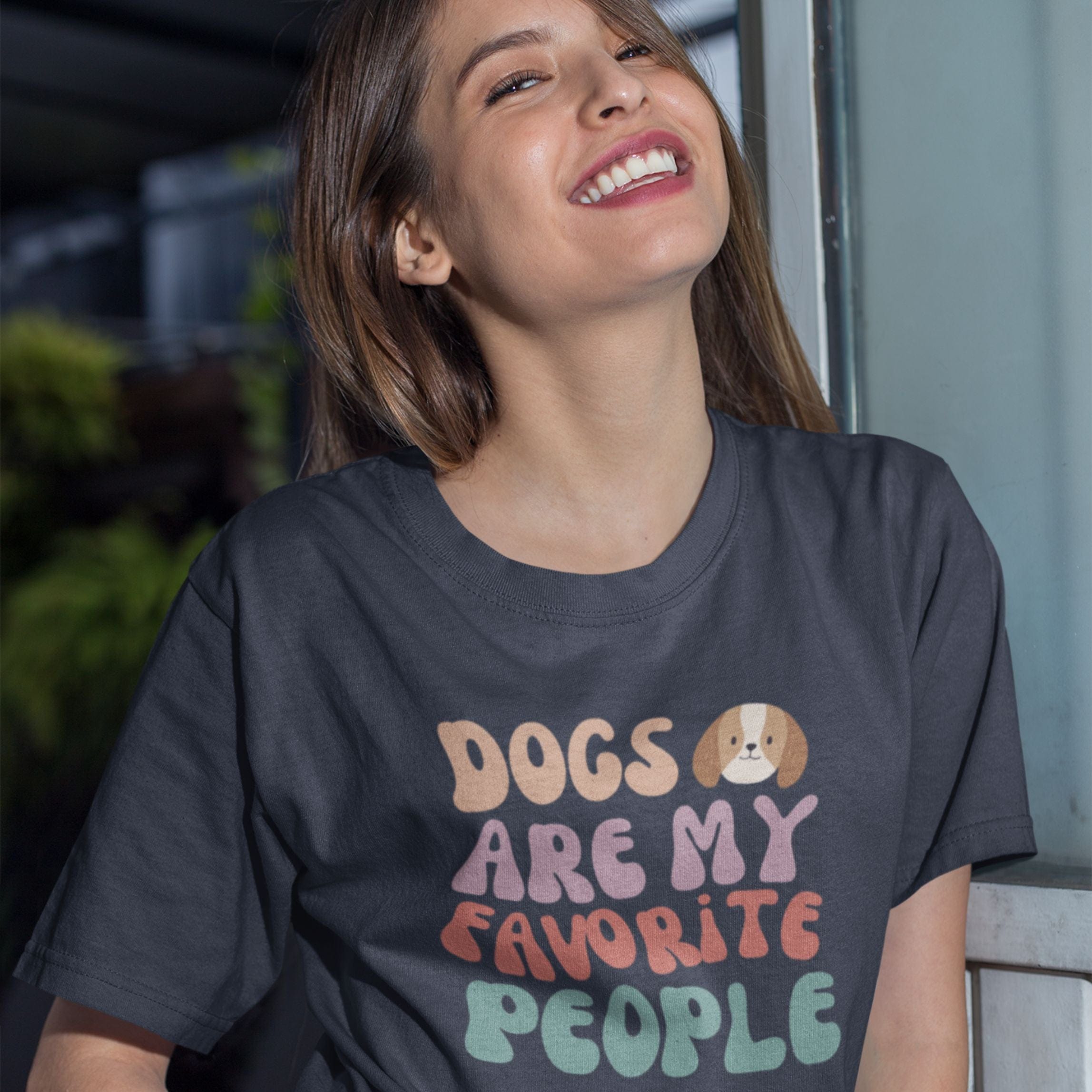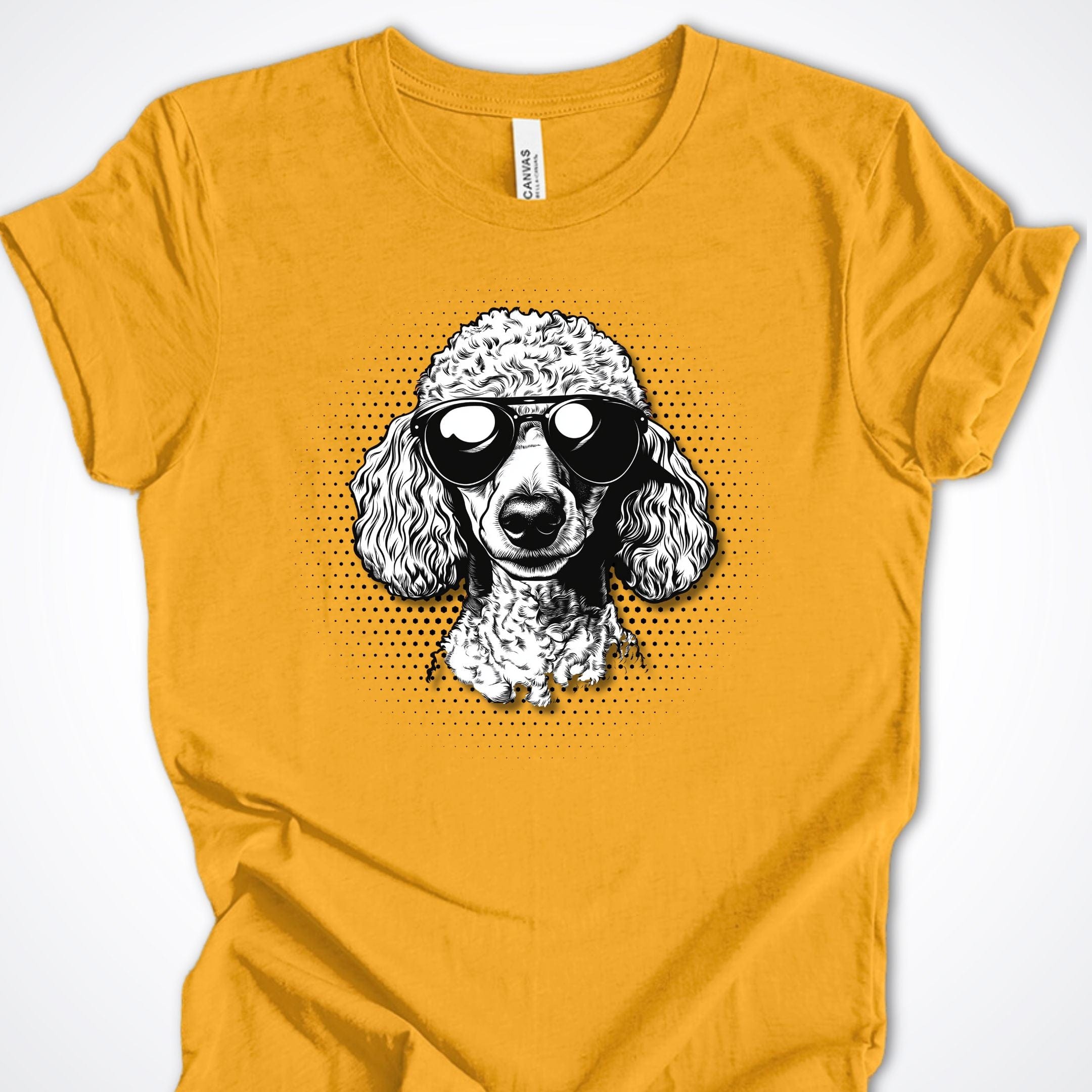
Canine Communication
Have you ever wondered what your dog is trying to tell you? Canine communication is an intriguing blend of body language and vocalizations that reveals their thoughts and feelings! By learning how to interpret these signals, you can enhance your relationship with your furry companion.
Let’s start with body language: A wagging tail doesn’t always mean happiness! The position of the tail matters—if it’s high and wagging rapidly, your pup is likely excited; if it’s low and slow-moving, they may be unsure or scared. Pay attention to their ears too; perked ears indicate curiosity while flattened ears suggest fear or submission.
Vocalizations are another key aspect of communication. Barking can mean different things depending on the pitch and frequency—high-pitched barks often express excitement while deep barks may signal warning or aggression. Whining might indicate discomfort or a desire for attention.
Understanding these cues helps you respond appropriately to your dog's needs. For instance, if your dog shows signs of stress during playtime (like backing away), it’s essential to give them space rather than pushing them further into discomfort.

Creating an environment where open communication thrives strengthens the bond between you and your pup. So next time you're playing fetch or snuggling on the couch, take a moment to observe those adorable signals—they're telling you more than words ever could!
















